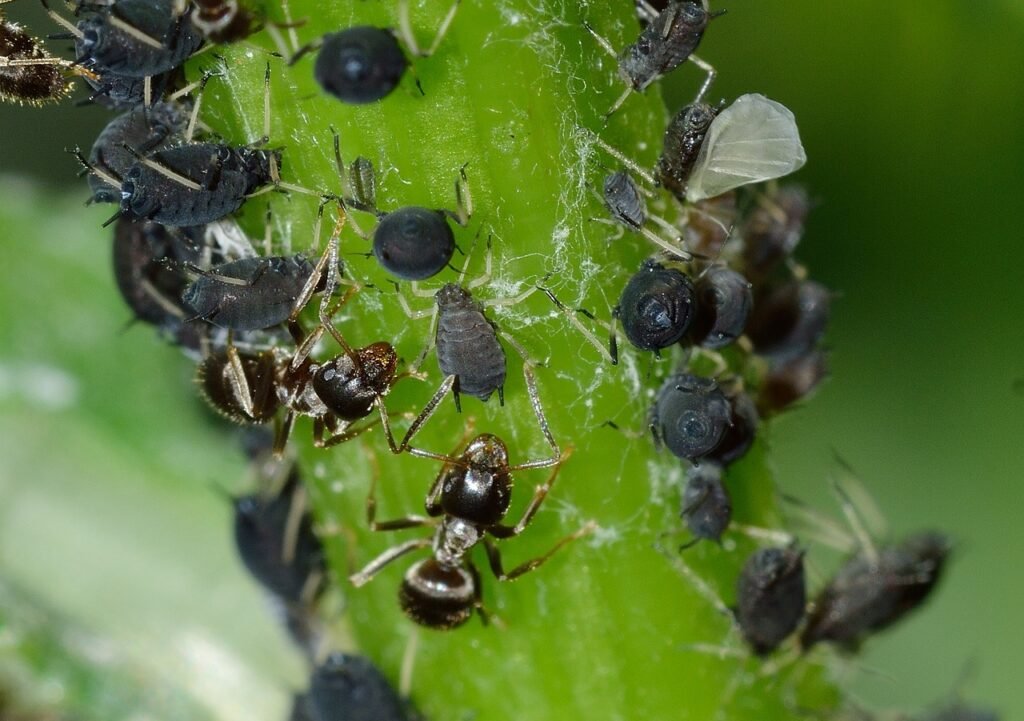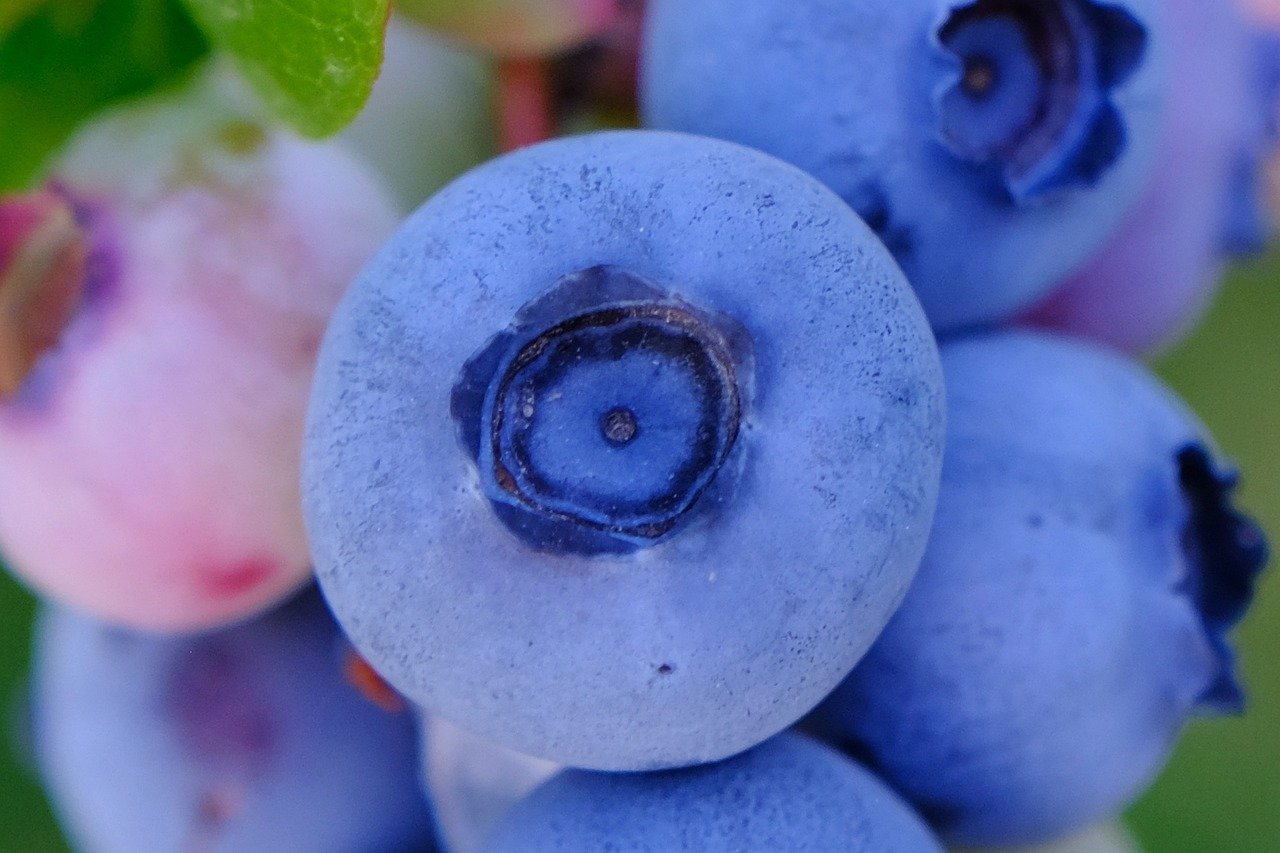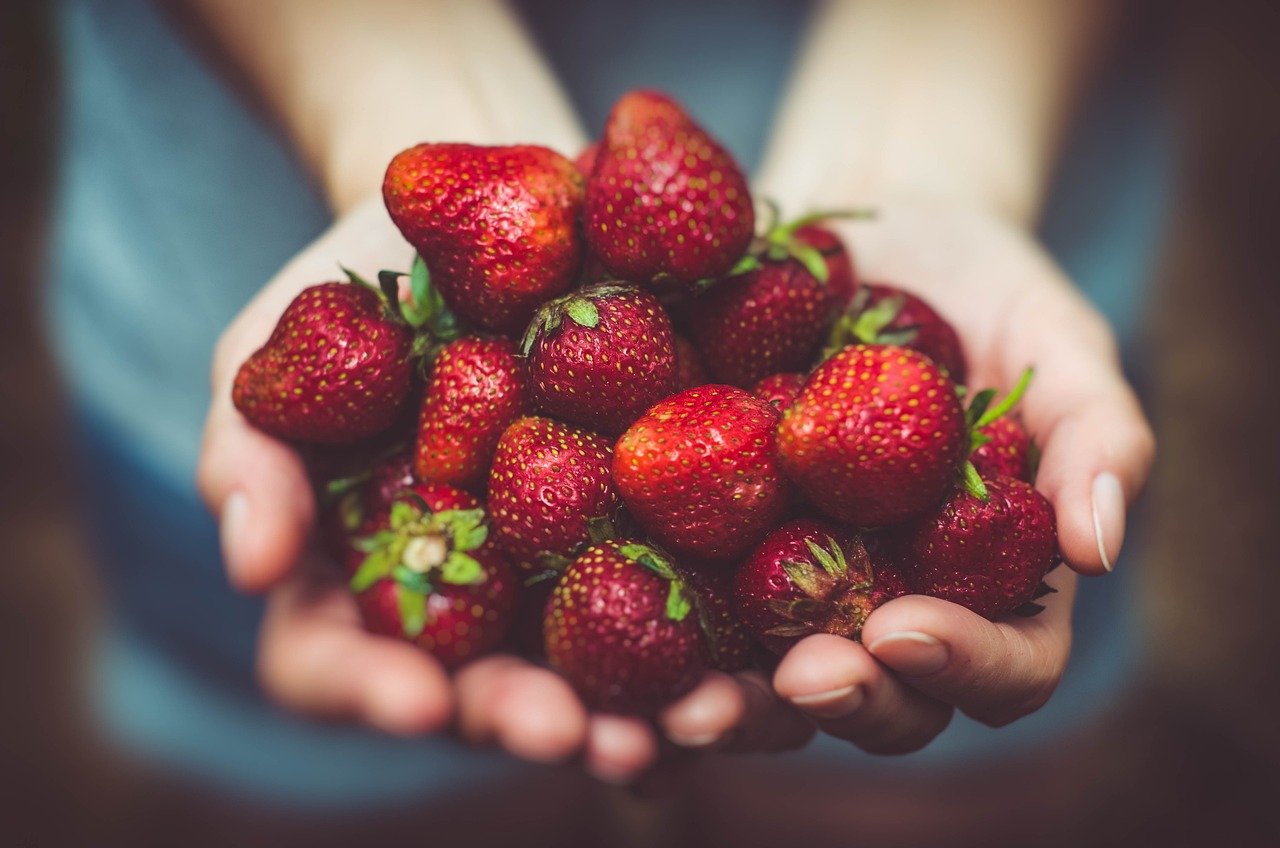
Growing blueberries
Introduction to Blueberries
Brief History of Blueberries: Blueberries have a rich history that dates back thousands of years. Native to North America, blueberries were a staple in the diets of Indigenous peoples who used them for both food and medicinal purposes.
They were also valued for their deep blue color, which was used as a natural dye for clothing and art. In the early 20th century, blueberries gained popularity in the United States as their health benefits became more widely recognized.
Importance of Blueberries in Diet and Health: Blueberries are often referred to as “superfoods” due to their high levels of antioxidants, vitamins, and minerals. They are low in calories but packed with nutrients, making them an excellent choice for a healthy diet.
Research has shown that blueberries can help improve brain function, promote heart health, and even aid in weight loss. Incorporating blueberries into your diet can boost your overall health and well-being.
Choosing the Right Variety
Lowbush vs. Highbush Blueberries
When it comes to choosing the right blueberry variety for your garden, you’ll likely come across two main categories: lowbush and highbush blueberries. Lowbush blueberries, also known as wild blueberries, are smaller in stature but pack a punch in flavor. They are well-suited for colder climates and can thrive in poor soil conditions. On the other hand, highbush blueberries are larger bushes that produce bigger berries. They require slightly warmer climates and fertile, well-drained soil to flourish. Consider your growing conditions and preferences when deciding between lowbush and highbush varieties.
Considerations for Climate and Soil Conditions
Blueberries are selective about their growing environment, so it’s crucial to consider your climate and soil conditions before planting them. Highbush blueberries typically prefer milder temperatures, while lowbush varieties can tolerate colder weather.
In terms of soil, blueberries thrive in acidic soils with a pH range of 4.5-5.5. Conduct a soil test before planting to ensure your soil pH meets these requirements.
Additionally, blueberries need well-draining soil to prevent waterlogging, which can lead to root rot. Take note of your region’s climate patterns and soil composition to select the right variety that will thrive in your specific conditions.
Planting Blueberry Bushes

Selecting a Suitable Location with Full Sun Exposure
When it comes to planting blueberry bushes, the first step is finding the perfect spot for them to thrive. Blueberries love soaking up the sun, so look for a location in your garden that gets at least 6-8 hours of sunlight each day.
Remember, without enough sun exposure, your blueberry bushes may struggle to produce those juicy berries we all crave. If you have limited options for sunny spots, consider pruning nearby trees or bushes to allow more sunlight to reach your blueberries.
Preparing the Soil with Proper pH Levels (4.5-5.5)
Blueberries are quite picky when it comes to soil pH levels, preferring acidic soil between 4.5 and 5.5 for optimal growth and fruit production. Before planting your blueberry bushes, it’s essential to test your soil’s pH level using a simple kit available at most garden centers or online.
If your soil is not within the ideal range, don’t fret! You can easily amend it by adding sulfur or other acidifying agents recommended for lowering pH levels in acidic-loving plants like blueberries.
Selecting a sunny location and ensuring proper soil acidity are crucial steps in successfully planting blueberry bushes in your garden. By following these guidelines and providing the ideal conditions for your blueberries, you’ll soon be rewarded with bountiful harvests of delicious berries ripe for picking!
Caring for Blueberry Bushes

Watering and Mulching Techniques
When it comes to watering your blueberry bushes, consistency is key. Blueberries have shallow roots, so they require regular watering, especially during dry spells. A good rule of thumb is to give them about 1-2 inches of water per week, either through rainfall or supplemental irrigation.
Mulching around the base of the plants with pine bark or wood chips helps retain moisture in the soil and suppresses weeds. Make sure not to overwater, as blueberries are susceptible to root rot in waterlogged conditions.
Pruning for Optimal Growth and Fruit Production
Pruning is an essential task for maintaining healthy and productive blueberry bushes. It’s best to prune during the dormant season in late winter or early spring before new growth begins. Remove any dead or diseased branches, as well as any crossing or crowded branches that can impede airflow and sunlight penetration into the center of the bush.
Aim to maintain an open center shape to encourage better air circulation and light exposure. Pruning also stimulates new growth and fruit production by redirecting the plant’s energy where you want it most.
The Battle Against Pesky Pests

Common Pests Like Birds, Aphids, and Spider Mites
Ah, the joys of gardening often come with unwanted guests. Birds can swoop in and feast on your precious blueberries before you even have a chance to savor them yourself. Aphids, those tiny little vampires of the plant world, can suck the life out of your bushes if left unchecked.
And let’s not forget about spider mites, those pesky arachnids that weave their webs and wreak havoc on your blueberry leaves. These critters may be small in size, but their impact can be mighty if you don’t take action.
Preventative Measures and Organic Solutions
When it comes to protecting your blueberry bushes from these bothersome pests, prevention is key. One effective method is to cover your bushes with bird netting to deter our feathered friends from indulging in a berry buffet. For aphids and spider mites, consider introducing beneficial insects like ladybugs or lacewings that feast on these harmful pests without harming your plants.
Additionally, creating a neem oil solution by mixing water with a few drops of neem oil can act as a natural repellent against aphids and spider mites while being gentle on your blueberries and the environment. With these proactive measures in place, you’ll be better equipped to fend off these garden adversaries and ensure a bountiful harvest of delicious blueberries for yourself – not for the critters!
Harvesting Blueberries

Signs of Ripe Berries
Ah, the sweet reward of your blueberry growing journey – harvesting those plump, juicy gems! But how do you know when they’re ready for picking?
Look for a deep, rich color that indicates ripeness. Blueberries should have a dusty hue with a slight whitish bloom.
They should also feel firm to the touch and come off the stem easily when gently tugged. Another telltale sign is their taste – ripe blueberries burst with flavor, offering a perfect balance of sweetness and tartness.
Best Practices for Picking and Storing Blueberries
Once you’ve identified those perfectly ripe blueberries, it’s time to harvest them with care. Gently grasp the berry between your thumb and forefinger and give it a slight twist – it should come off easily without too much pressure. Avoid forcefully pulling as this can damage the delicate fruit.
When it comes to storing your precious bounty, keep them unwashed in a single layer in the refrigerator to maintain freshness. If you have an abundance, freezing blueberries is also an excellent option for enjoying their goodness all year round – simply spread them on a baking sheet until frozen solid before transferring to a freezer bag.
Blueberry Bonanza: Festivals around the World
Blueberries are celebrated in various festivals worldwide, showcasing the love and appreciation for these little blue gems. In the United States, Maine hosts the annual Machias Wild Blueberry Festival, featuring blueberry-themed foods, music, and contests. Meanwhile, Canada’s Oxford Blueberry Festival is a delightful event with blueberry pies, pancakes, and even a blueberry dessert contest.
Finland’s Bilberry Festival highlights this close relative of blueberries with traditional folk music and dance performances. These festivals not only celebrate the delicious fruit but also bring communities together in a spirit of joy and camaraderie.
Beyond Antioxidants: Nutritional Wonders of Blueberries
Blueberries are well-known for their high antioxidant content, but their nutritional benefits go far beyond that. These little berries are packed with vitamins C and K, as well as fiber and manganese. They are also low in calories but high in nutrients, making them a superfood for overall health and well-being.
Studies have shown that regular consumption of blueberries may help improve memory function and aid in reducing blood pressure levels. With all these nutritional wonders hidden within their tiny size, it’s no wonder that blueberries are considered a powerhouse fruit.
Concluding Thoughts on Growing Blueberries
As we’ve explored the world of growing blueberries, from selecting the right variety to enjoying them in festivals worldwide and reaping their nutritional benefits beyond antioxidants, one thing is clear – cultivating these delightful berries is not just about gardening; it’s about fostering a connection to nature’s bounty and embracing a healthy lifestyle. So next time you bite into a juicy blueberry or savor a slice of pie at a festival, remember the journey these berries took from bush to table. Let this humble fruit remind you of the simple joys found in nurturing growth and savoring life’s sweet moments – truly nature’s gift wrapped in vibrant hues of blue.




